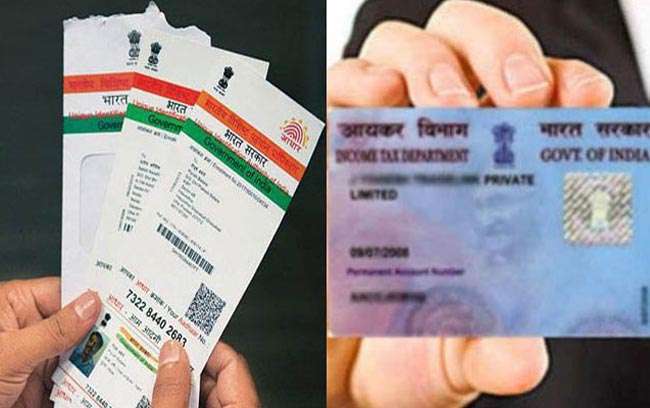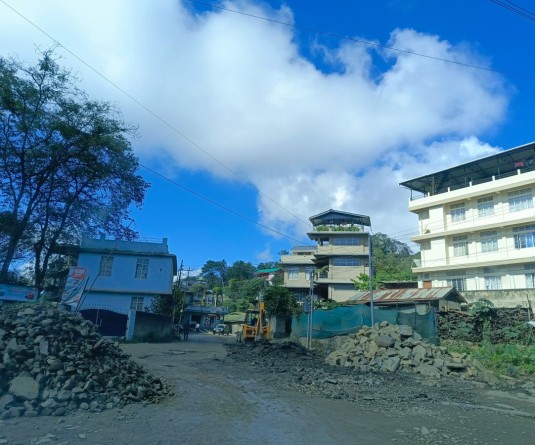
Our Correspondent
Kohima | September 28
“Failure, negligence, and omission by successive governments of Nagaland to bring the whole state within the ambit of the ILR is proving to be detrimental to the indigenous people of the State,” P Leonard Aier, Principal of City Law College, Dimapur maintained today.
He was giving a critical analysis on the implementation of the ILR in Nagaland at the Regional Level Seminar–Cum-Workshop on Bengal Eastern Frontier Regulation (BEFR) 1873 organised by the Naga Students’ Federation (NSF) at Ura Hotel, Kohima on September 28.
Commonly known as the Inner Line Regulation, the BEFR was introduced as a regulation ‘for peace and government of certain districts’ on the then Eastern Frontier of Bengal which included the Naga Hills. The Inner Line Permit (ILP) is also a part of the regulation.
Aier further argued that though ILR has not been “effective as expected due to the ineffective and casual enforcement by the State administration,” the regulation to some extent has prevented the “influx of illegal migrants in Nagaland.”
But during the recent years, the unabated influx has lead to a perceptible change in the demographic pattern of the State with no sign of any concrete policy and plan for imminent corrective measures on the part of the State Government,” he further noted.
Rather, the majority of Naga people are apprehending the dilution of the effectiveness of the ILR, he highlighted. Briefing the seminar on the history of the BEFR and subsequent cases under the act, he stated that the Regulation was in place during the Naga Hills Tuensang Area and since then the regulation has not been altered, repealed or amended since Statehood.
However, Aier pointed out, ‘it was incumbent on the Government of Nagaland to have enforced the Regulation in the whole State of Nagaland without any area left out from its operation’.
“We are losing our ethnic identity. Our ethnic cultures are being slowly destroyed,” viewed Aier, who appealed to the government, the NNPGs, the civil society to help initiate the effective implementation of the regulation.
Meanwhile, Lallianchhunga, Asst. Professor, Department of Political Science, Mizoram University who spoke on ‘Counter Narrative against Inner Line Regulation’ informed that the introduction of the ILR in Mizoram have opened contradictory arguments by different scholars.
On one hand, some scholars have asserted that the implementation of the ILR has been responsible for the low rate of economic development in Mizoram (R.N Prasad’s ‘Government and Politics in Mizoram, 1987, p.36) while another group of scholars have opined that it iss an effective instrument to prevent exploitation of the indigenous inhabitants of Mizoram by outsiders in terms of business and trade.
Other resource persons for the seminar include Prof. Jumyir Basar, Arunachal Institute of Tribal Studies, Rajiv Gandhi University (RGU), who spoke on the critical analysis of the implementation of ILR in Arunachal Pradesh; R. Lalrin Kima, Asst. Professor Hrangbana College, Aizawl Mizoram who spoke on the critical analysis of the implementation of ILR in Mizoram.
The panel discussion was followed up with summative conclusions where suggestions were made to set up separate cell for ILP, proper maintenance of ILP data, periodical review of E-roll by ECI, initiate immediate comprehensive regulation for Nagaland, sensitization and awareness to administration and citizens, immediately review all PRC issued to non-locals, extension of Inner Line Zone covering entire state including Dimapur, inclusion of special clause for deporting and penalty in the rules, reframe and restructure the Village Council Act and initiating NRC in Nagaland.





